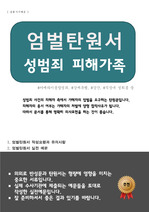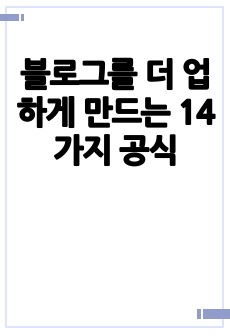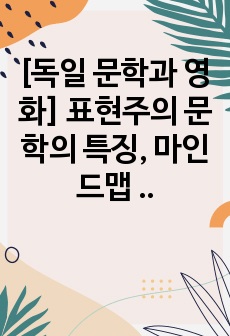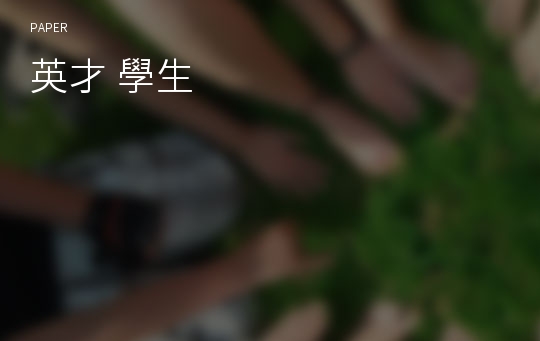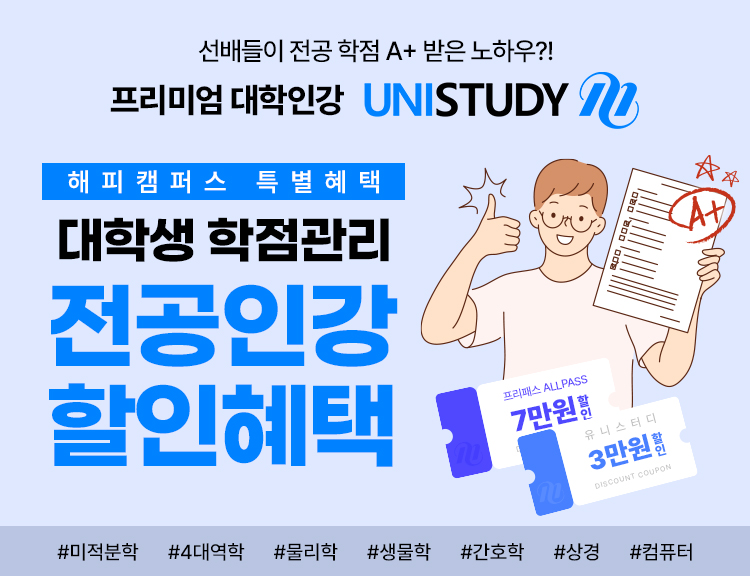* 본 문서는 배포용으로 복사 및 편집이 불가합니다.
서지정보
ㆍ발행기관 : 한국영재학회
ㆍ수록지정보 : 영재교육연구 / 1권 / 1호
ㆍ저자명 : 金正揮
ㆍ저자명 : 金正揮
목차
1. 머리글2. 가족내에서의 위치와 탁월성의 도달
3. 부모의 죽음과 가족의 선택분야 및 탁월성(名聲)
4. 전체적인 검토와 끝맺음 말
참고문헌
ABSTRACT
영어 초록
Although much of the information about the home backgrounds of the creative gifted is difficult to quantify and measure objectively, several striking recurrent themes are noticeable in the biographical data pertaining to the creative gifted. As explained in this study, these themes relate to intellectual stimulation, values upheld in the home, the emotional climate in the home, bereavement, isolation from peers, and parental style of control.There is ample evidence from studies of both historical and comtemporary creative achievers to suggest that they typically enjoy a good deal of intellectual stimulation in their childhood homes - not only from parents and other adults, but also through independent intellectual pursuits.
Researchers have noted that historical creators typically occupied special positions in their families that accorded them an unusual amount of attition from adults(Albert, 1978 : McCurdy, 1957). One of the recurrent themes in the literature is that of a future creator being formally tutored at home, by a parent (or other adult or older child) who devoted a great deal of energy to the task. For example, John Stuart Mill, Pascal, Goethe, William Hamilton, Lord Kelvin, Edison, Leibnitz, Norbert Wiener, Tennyson and Karl Witte were educated by parents. After the death of his wife, Pascal's father gave up his own work so that he might be able to tutor his children. Mozart's father devoted himself almost entirely to his son's education(and his expectations of the young Mozart were enormous). In some cases a parent set out deliberately to make a genius. The British philosopher, John Stuart Mill, was the product of such an exercise. Before Mill was three years old his father began to drill him in the basic intellectual skills, and he was protected from all contact with other children except his siblings throughout his childhood.
There is much evidence to support these suggesions and futher to indicate that the childhood homes of the creative gifted, both past and present, were typically rich in opportunity and encouragement to achieve intellectually, but poor in emotional comforts.
From the evidence, one may indeed go so far as to suggest that creators typically suffered some deprivation and distress in childhood. Not all suffered the same form of discomfort. Some were bereaved of parents, some were rejected, some were sternly disciplined. Some were exposed to emotional tensions, financial insecurities or physical hardships. Some were overprotected, lonely or insecure,and some were ugly, deformed or physically disabled. Many suffered several of these hardships in combination.
There is little to suggest that the creative gifted enjoyed lack of condition of worth or unconditional positive regard, which Rogers believed to be essential to the development of creative attitudes and productivity. There is little to suggest that their lower needs were satisfied on a regular basis, which Maslow suggested to be necessary for the development of a need for self-actualization. Fromm's views of loving interaction between parent and creative child also fail to fit this picture.
There are, however, indications that, as Adler suggested, feelings of imperfection or inferiority may stimulate a tendency to improve the self. And there are also indications that, as Freud suggeted, creative endeavour may take sustenance from energy diverted from unrequited emotional needs. The correspondence between Freud's and Adler's theories and research findings relating to the creative gifted is understandable in the light of fact that they based their theories (at least partly) on their observations of eminently creative people, whereas most of the Humanists denied or distorted information relating to outstanding creators and based their conclusions simple on their rather rosy conceptions of a 'self-actualzing personality'.
As we have seen, historiometric studies of cultural fluctuations of creativity and nomothetic studies of the socio-economic background and birth order of creative people also suggest that creativity is promoted by intellectual stimulation and intellectual values in the childhood home.
Clearly, howerver, creative achievement does not depend on coming from an intact family. Although it has been suggested that a one-parent home provides an inferior intellectual environment and that early loss of a parent is likely to result in intellectual deficits (e.g. Zajonc, 1976), the figures relating to the creative gifted show this is not invariably the case.
It is also clear that there must be some mediating link between the fact that the creative gifted tend to suffer distress in childhood and are creativen at a later stage. It would, however, be advisable to consider some other theory and facts that have emerged from research before coming to firm conclusions as to the nature of this link.
An abundance of information summarized, the conditions responsible for raising the gifted are as follows :
a. He begins work(piano or mathematics) from his early childhood.
b. He has had a model of his own choice, a target of an adult since his childhood.
c. His family has regarded his work as a routine.
d. In each developmental stage, he has had a great "mentors".
e. He has had many exercise units and enormous discipline.
f. He has been autonomous, not heteronomous.
g. He has been possessed with its pleasure, not done his work for its usefulness.
h. His family has provided "sacrificial" support to his work.
i. As mentioned earlier, these features are very similar in each field of physical education, art, or discipline.






